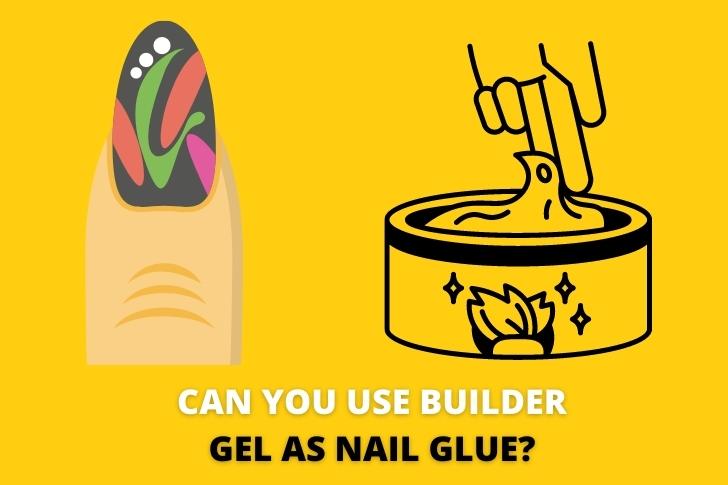Many people crack their necks to find relief or feel more relaxed. But have you ever wondered if this habit is safe?
In this article, I will explore the topic of neck cracking to help you understand whether it’s bad for your health and what factors are involved.
What Causes the Neck to Crack?
When you crack your neck, it’s often due to the release of gas bubbles that have built up in the joints. These gas bubbles, consisting of nitrogen or carbon dioxide, are released when the joint is manipulated.
Also, the ligaments surrounding the joints may shift, resulting in a cracking sound. Sometimes, snapping tendons or muscles around the neck can also create cracking sounds.
Is It Harmful to Crack Your Neck?
Cracking your neck may temporarily relieve stiffness or tension, providing momentary comfort. But, it’s important to be aware of the potential risks associated with self-manipulation.

If you are not trained, apply too much force while cracking your neck. It can lead to various risks, including strain and sprain of the muscles, ligaments, or tendons around your neck.
Improper techniques or excessive manipulation may irritate or compress nerves, causing pain, numbness, or tingling sensations.
Frequency and Safety Guidelines for Neck Cracking
To ensure the safety of neck cracking, it is advisable to seek professional help if you want regular neck adjustments. Consulting a healthcare professional like a chiropractor or physical therapist. They can provide you with appropriate guidance and cut potential risks.
The frequency of neck cracking varies from person to person. It depends on individual factors such as age, health conditions, and underlying joint issues.
It’s crucial to approach neck cracking cautiously and consider your unique circumstances.
Instead of forceful cracking, you can opt for gentle neck stretches and mobility exercises.
These exercises promote flexibility and relieve tension without the need for excessive manipulation.
Alternative Approaches for Neck Health

Taking a holistic approach to neck health is crucial. Besides neck cracking, there are other effective ways to care for your neck and cut discomfort:
1. Posture Awareness:
Maintaining good posture throughout the day can reduce strain on your neck. Be mindful of your sitting and standing posture. Keep your neck neutral and avoid slouching or excessive forward head posture.
2. Regular Exercise and Strengthening:
Exercising that target the neck and upper back muscles can help strengthen them. Stronger muscles provide better support for the neck, reducing the likelihood of discomfort.
3. Heat and Cold Therapy:
Applying heat or cold packs to your neck can help ease muscle tension and provide temporary relief.
Heat therapy promotes blood circulation and relaxes muscles. At the same time, cold therapy reduces inflammation and numbs the area.
Conclusion
While cracking your neck may offer temporary relief, it’s important to be cautious due to the potential risks. Excessive force or improper techniques can lead to muscle strain, nerve damage, and aggravation of conditions like arthritis.
If you frequently experience neck discomfort, seek professional help from a healthcare practitioner for personalized guidance.








Leave a Reply